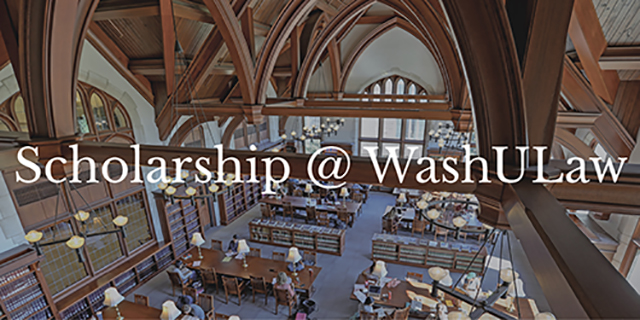
Scholarship@WashULaw
Document Type
Article
Publication Date
2014
Publication Title
William & Mary Law Review
Abstract
INTRODUCTION The Roberts Court has made a lot of First Amendment law. Since Chief Justice John Roberts took the Supreme Court’s helm in 2006, the Court has issued decisions on the merits in about thirty-five free speech cases. With greater vigor than the late Rehnquist Court, the present Justices have waded into free speech controversies ranging from violent video games to commercial speech to campaign fi- nance regulation. In all those areas, the Court has handed import- ant victories to First Amendment claimants. Free speech advocates’ conventional (not to say universal) view of this Court is adoring. Renowned First Amendment lawyer Floyd Abrams has stated, “It is unpopular speech, distasteful speech, that most requires First Amendment protection, and on that score, no prior Supreme Court has been as protective as this.” Burt Neuborne, a leading academic and legendary civil liberties lawyer, concurs: “This court is the strongest First Amendment court in history. The current majority uses the First Amendment as a powerful tool of deregulation that eliminates virtually all government efforts to regulate anything to do with the flow of information.” Former judge and current Baylor University President Kenneth Starr has called the Roberts Court “the most free speech Court in American history.”
Keywords
United States Supreme Court, The Robets Court, First Amendment
Publication Citation
Gregory P. Magarian, The Marrow of Tradition: The Roberts Court and Categorial First Amendment Speech Exclusions, 56 Wm. & Mary L. Rev. 1339 (2014)
Repository Citation
Magarian, Gregory P., "The Marrow of Tradition: The Roberts Court and Categorial First Amendment Speech Exclusions" (2014). Scholarship@WashULaw. 220.
https://openscholarship.wustl.edu/law_scholarship/220


Comments
The Contemporary First Amendment: Freedom of Speech, Press, and Assembly Symposium